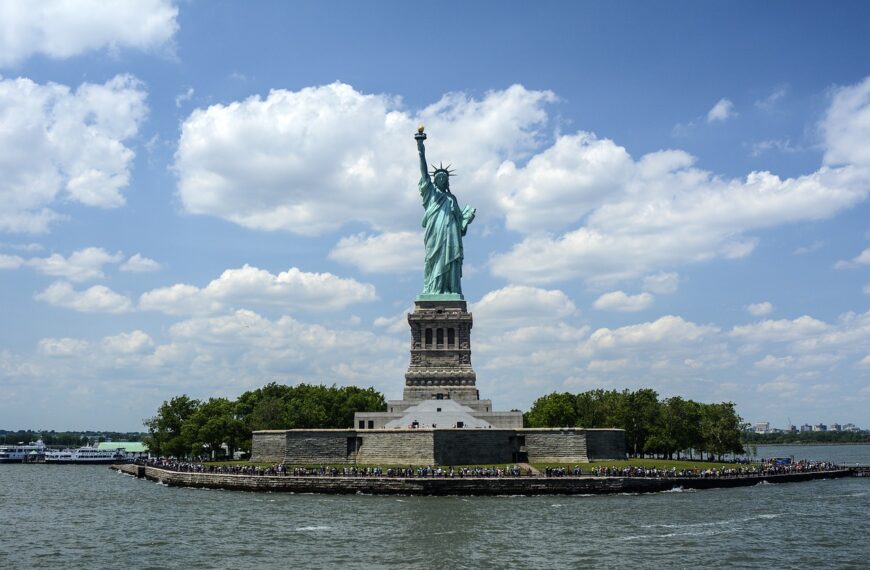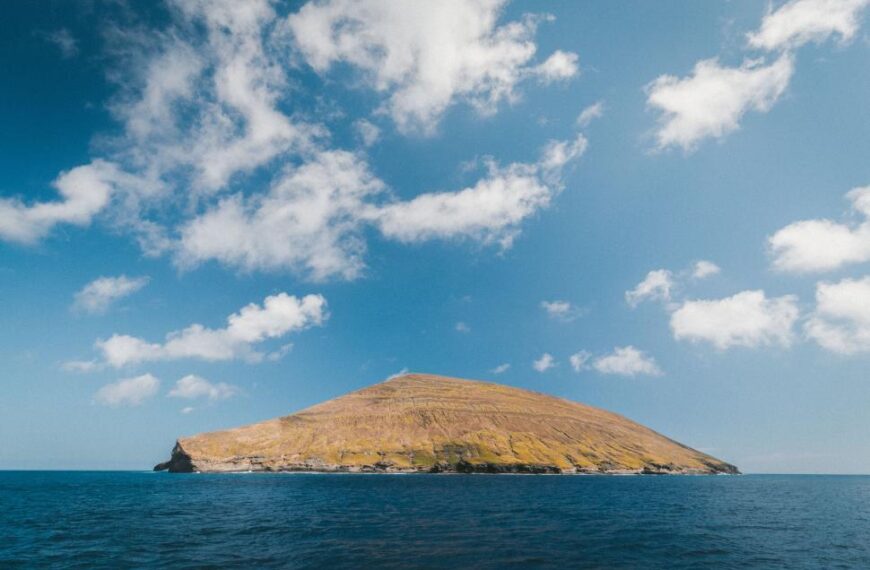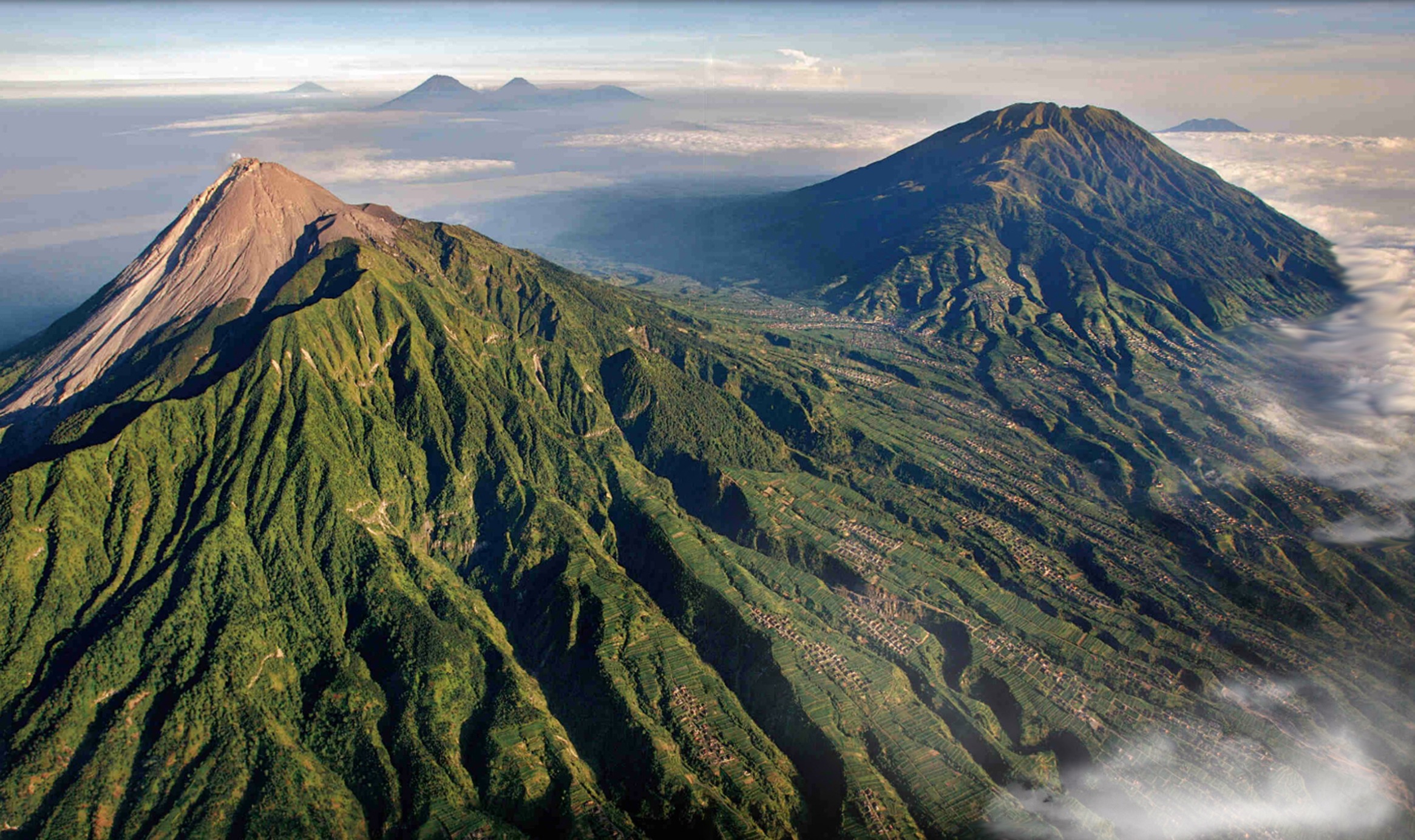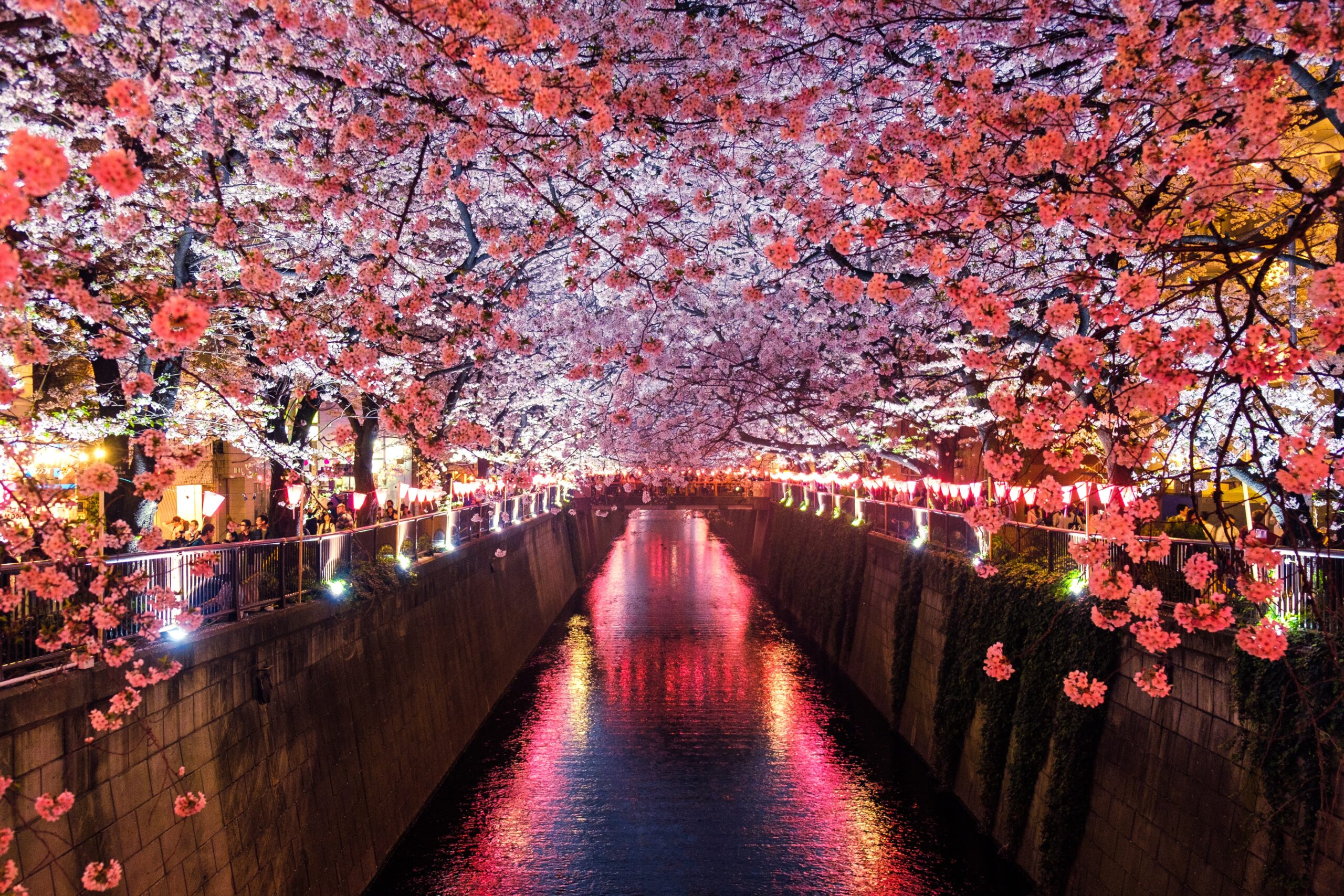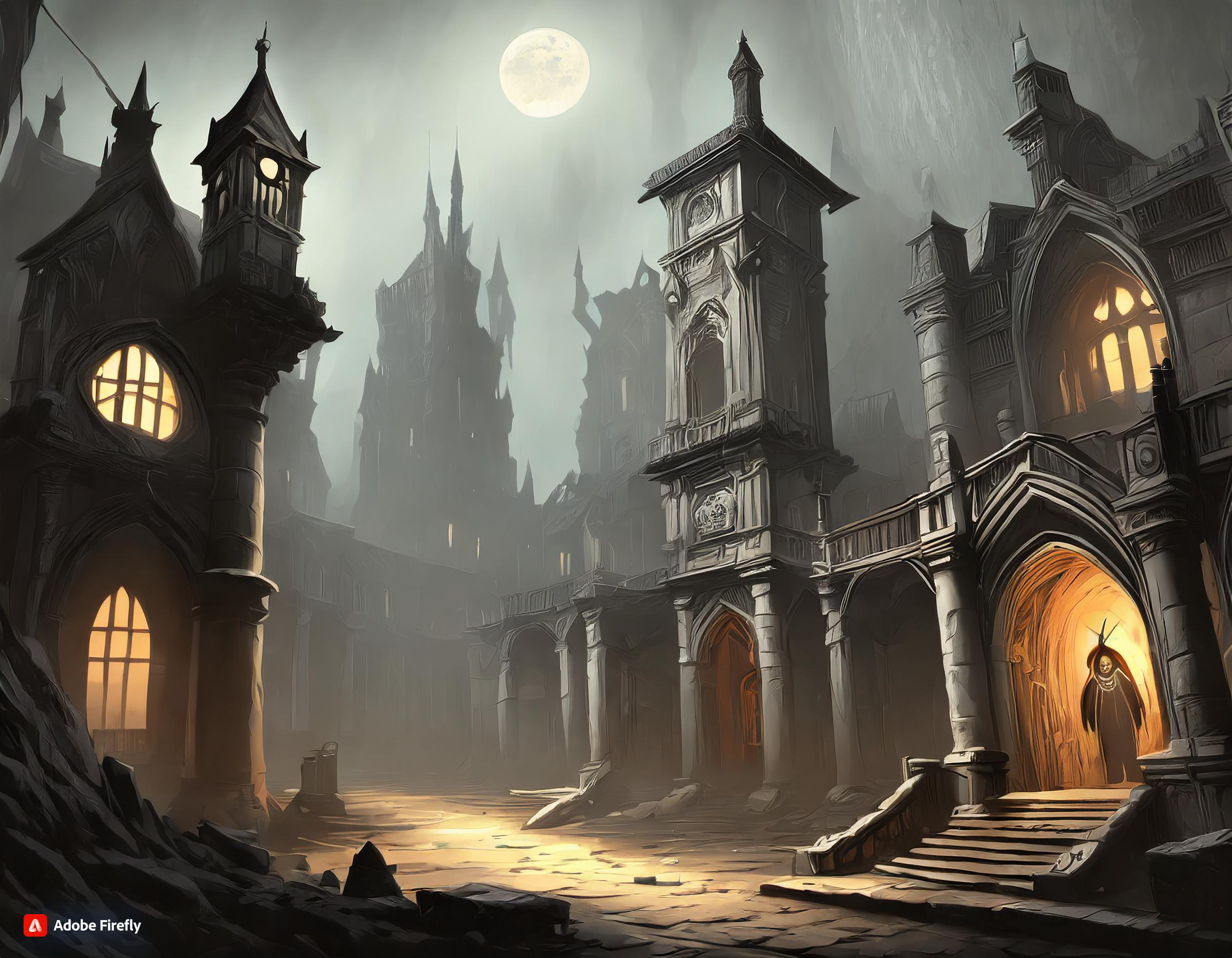Where the textbook ends and the real adventure begins
Let’s be honest — for many people, geography in school was memorizing maps, capitals, and the occasional weather chart. Useful? Sure. Exciting? Not always. But geography isn’t just about knowing where countries are or what climate zone you live in. It’s about understanding how the world works — the land, the people, the patterns, the extremes.
And if you really want to fall in love with geography, there’s no better way than to experience it firsthand.
Here are 10 awe-inspiring places around the world that make geography come alive. These aren’t just tourist spots — they’re living, breathing classrooms that teach you things no textbook ever could.
1. The Grand Canyon, USA
Subject in focus: Geology, erosion, plate tectonics
You’ve seen the photos — the vast layers of red rock stretching into the horizon — but nothing prepares you for standing at the edge of the Grand Canyon. This place tells the story of two billion years of Earth’s history carved by the Colorado River.
Every layer of rock is like a page in a storybook. You can literally see the effects of erosion, weathering, and plate uplift. Want to understand how landforms are created? Come here — it’s geography in 3D.
2. The Amazon Rainforest, South America
Subject in focus: Biomes, biodiversity, climate systems
Covering nine countries and home to one out of every ten known species, the Amazon is a living example of what a tropical biome looks and feels like. When you’re surrounded by giant trees, sweltering humidity, and the sounds of unseen wildlife, suddenly the idea of a “climate zone” makes perfect sense.
It also demonstrates the link between human activity and environmental impact — deforestation, habitat loss, and sustainability all unfold right here.
3. Mount Everest, Nepal/Tibet
Subject in focus: Altitude, mountain formation, human adaptation
It’s not just the highest point on Earth — Mount Everest is a dramatic example of tectonic plate collision. The Himalayas are still rising, bit by bit, every year as the Indian Plate continues to push into the Eurasian Plate.
You don’t need to summit it to learn from it. Even base camp offers insight into high-altitude geography, glacial landforms, and how humans adapt to extreme conditions.
4. The Great Rift Valley, East Africa
Subject in focus: Plate boundaries, rift formation, human origins
Stretching from Lebanon to Mozambique, the Great Rift Valley is one of the most fascinating geological features on Earth. It’s where tectonic plates are pulling apart, creating massive rifts, volcanoes, and new lakes.
It’s also thought to be the cradle of human life — many early human fossils were discovered here. Standing in the Rift Valley isn’t just standing on a geographic feature — it’s standing at the birthplace of humanity.
5. Iceland
Subject in focus: Volcanoes, hot springs, renewable energy
Iceland is one of the few places where you can literally see two tectonic plates moving apart — the North American and Eurasian plates. The country is bursting with geothermal activity: geysers, volcanoes, hot springs, and black sand beaches.
It’s also a case study in how geography affects human life. Icelanders harness this volcanic energy to power nearly the entire country with renewable energy. Geography and sustainability — hand in hand.
6. The Sahara Desert, North Africa
Subject in focus: Arid climates, sand dunes, desertification
The Sahara isn’t just a sea of sand — it’s a powerful lesson in how geography influences culture, trade, and survival. It’s the largest hot desert in the world, with temperatures soaring over 50°C (122°F).
You’ll witness extreme arid conditions, shifting sand dunes, oases, and the impact of desertification. The Tuareg and Berber peoples have adapted to this unforgiving landscape in ways that highlight the human-geography connection beautifully.
7. Venice, Italy
Subject in focus: Urban geography, human-environment interaction
Venice is a beautiful — and cautionary — tale about what happens when humans build in harmony (and sometimes conflict) with nature. This city, built on 118 small islands in a lagoon, shows how humans can adapt urban life to a challenging environment.
But with rising sea levels, Venice also shows the risks of climate change and urban fragility. It’s a living geography lesson in sustainability and survival.
8. The Galápagos Islands, Ecuador
Subject in focus: Biodiversity, isolation, evolution
Charles Darwin didn’t just visit the Galápagos — he was inspired by them. These volcanic islands are a hotspot for geographic isolation and natural selection, with species found nowhere else on Earth.
From marine iguanas to giant tortoises, the islands show how geography shapes evolution — and how isolation creates incredibly unique ecosystems. For biogeography and ecological studies, this is the ultimate classroom.
9. The Dead Sea, Israel/Jordan
Subject in focus: Lowest elevation on Earth, salinity, water systems
At 430 meters below sea level, the Dead Sea is the lowest point on Earth. Its waters are nearly ten times saltier than the ocean, making it impossible for most life to survive — hence the name.
It’s also shrinking dramatically due to water diversion and climate change. The Dead Sea is a lesson in hydrology, elevation, and the delicate balance of natural resources.
10. Antarctica
Subject in focus: Polar regions, climate science, global patterns
Yes, it’s cold. Yes, it’s remote. But Antarctica is more than snow and ice — it’s one of the most scientifically important places on the planet.
It teaches us about polar climates, glaciation, and climate change through ice core samples that reveal Earth’s history over hundreds of thousands of years. It’s also a lesson in international cooperation — no one owns it, and it’s governed by a treaty dedicated to peaceful scientific research.
🌍 Final Thoughts:
These places don’t just belong in geography textbooks — they bring geography to life. They show us that the Earth is not a flat page in a schoolbook but a dynamic, living system filled with extremes, patterns, changes, and challenges.
So next time you feel bored by maps or bored by facts, remember: Geography isn’t something to memorize — it’s something to experience. And the world is waiting.












